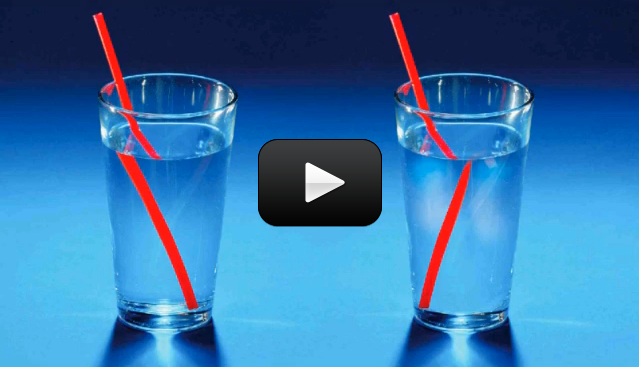If you’re scratching your head during math class, wondering what you’ll ever use this stuff for, here’s a cool experiment that shows you how scientists use math to figure out the optical density of objects, called the “index of refraction”.
How much light bends as it goes through one medium to another depends on the index of refraction (refractive index) of the substances. There are lots of examples of devices that use the index of refraction, including fiber optics. Fiber optic cables are made out of a transparent material that has a higher index of refraction than the material around it (like air), so the waves stay trapped inside the cable and travel along it, bouncing internally along its length. Eyeglasses use lenses that bend and distort the light to make images appear closer than they really are.
Please login or register to read the rest of this content.


Each packet of gelatin is approximately 7 grams (.25 ounces).
Hi Aurora! How much (grams) gelatin have you got in each packet? Thanks!